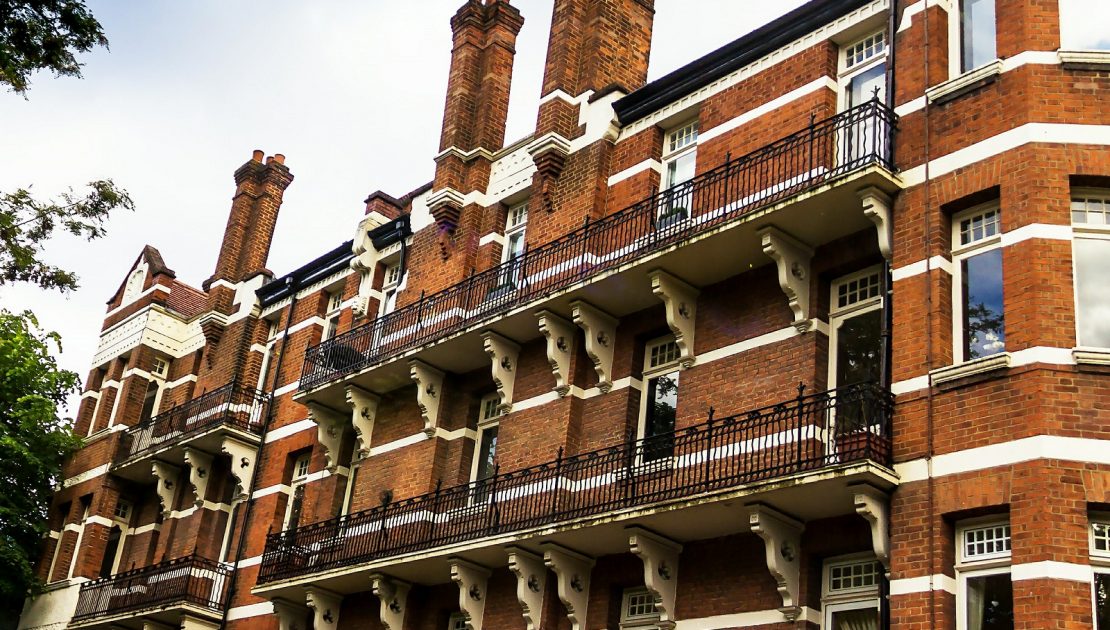Private client insurance brokers
enquiries@castleacreinsurance.comLondon: +44 (0)203 966 3614
UK: +44 1787 211 155
Listed Buildings: What You Need To Know Before Buying

- 22 February 2021
- Comments: 0
- Posted by: Castleacre
If you’re keen to invest in a period property, you’d be wise to familiarise yourself with listed buildings in general.
There’s a lot of choice on the market for house buyers these days, whether it’s a new build property or something with a bit of history behind it. If you’re keen to invest in a period property, you’d be wise to familiarise yourself with listed buildings in general so you know what to expect from the buying process.
Listed properties are those included on a national register of sites that have historical or architectural importance, with the aim being to protect these buildings and ensure they survive for future generations.
These sites are protected by law, which means that if you want to make any changes, either inside or out, you’ll need to have listed building consent in place, as well as planning consent in order to proceed. This is to ensure that the alterations you want to make are in keeping with the rest of the building and won’t potentially cause any damage.
If you continue with building work without listed building consent in place, this is a criminal offence, rather than a civil one. As such, you do need to make sure that you are aware of the potential costs and challenges involved with buying a listed property before you move ahead with your plans.
Listed buildings are graded as either I or II. The latter are of exceptional interest and only 2.5 per cent of listed buildings are Grade I. Grade II* buildings are viewed as being particularly important and of more than special interest, with the category consisting of 5.6 per cent of all buildings. Grade II sites are of special interest, with 91.7 per cent of buildings in this category.
As such, you’re more likely to invest in a Grade II-listed building than any other kind, but you should be aware that a Grade I-listed site will have more restrictions on it than the other categories.
The listing will cover the entire building, including the inside, unless parts are excluded in the list description. Every building is different and in some cases, you’ll find that the listing will include external structures and gardens as well. Always get in touch with your local planning authority to check what is covered in the listing if you do find a house you’d like to buy.
It’s also worth bearing in mind that if you purchase a house that doesn’t have listed building consent and work has been carried out, it’s possible as the new owner that you could be liable for what has been done – and you could find the responsibility lies with you to put it all right.
You will be legally required to reinstate the building if it suffers damage, so bear this in mind when considering listed building insurance. The rebuild cost of a listed property is much higher than a standard building because specialist craftsmen and builders, and specialist materials, are typically required. As a result, people often find themselves under-uninsured because they base valuations on standard rebuild guides. Get in touch with us to find out more.
